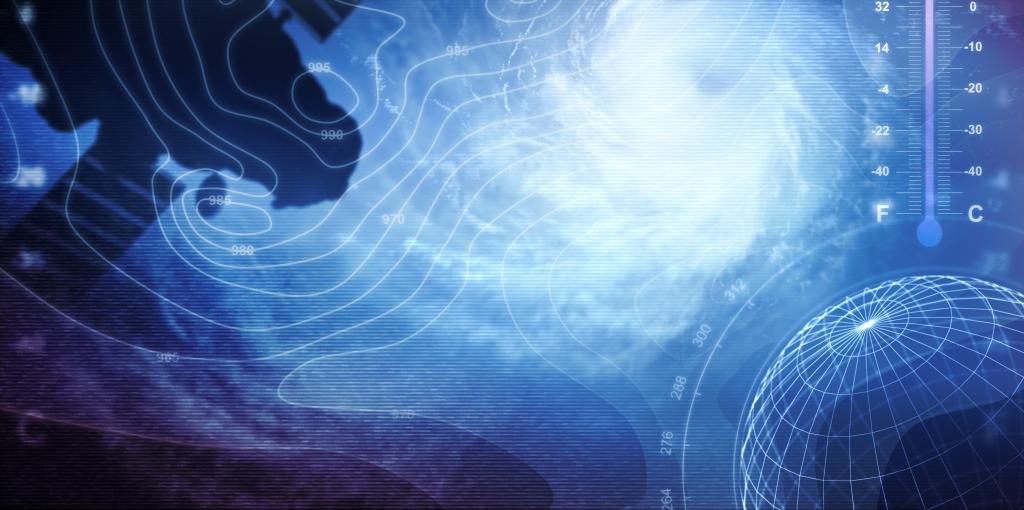Admission CTAs
Recostructing past ocean conditions in high-latitude regions
Brittany Hupp, Assistant Professor, Atmospheric, Oceanic and Earth Sciences (AOES), received $267,912 from the National Science Foundation for a project aimed at improving researchers' ability to reconstruct past ocean conditions in high-latitude regions.
These regions experience a more extreme response to climate change than low-latitude regions.
One of the best ways to study past ocean-climate change is by studying fossil plankton called planktic foraminifera, or forams.
Forams are microscopic zooplankton that have existed for over 200 million years and live near the surface of the ocean. As these organisms grow, they build small shells. The shell chemistry records the conditions at the time the shells were formed. When the organism dies, its shell sinks to the seafloor and becomes part of the geological fossil record. Thus, the chemical composition of fossil shells recovered from deep-sea sediments can be used to reconstruct the surface ocean conditions in the past.
This study will generate the geochemical-environmental relationships (i.e., calibration equations) used to evaluate fossil foram records.
Hupp will compare the composition of the shells of living and recently deceased forams collected from the surface ocean to the conditions and chemical makeup of the seawater they are living in. Samples for this study will include an archive of plankton tow samples from the last decade. Newly collected plankton tow and water samples from throughout the Northern California Current region off the coast of northern California, Oregon, and Washington states will also be studied. Although forams are found globally, this study will focus on constraining geochemical-environmental relationships for species that live in intermediate- to high-latitude regions to better predict how these vulnerable regions will respond to our changing climate.
The research team will also investigate how the composition of foram shells may change throughout the organism’s life cycle. This study will help ensure that the calibration equations used to interpret fossil records are accurate.
The project includes support for an early career scientist and for undergraduate students. The research team will share the results and scientific process of the research with the public through several public outreach events.
Regarding the importance of the project, Hupp said: "Climate reconstructions established from the geochemistry of fossil forams have been invaluable in shaping our understanding of the Earth system response to past climate perturbations. However, our tools for evaluating ocean-climate change in high-latitude regions using foram records are lacking. This research aims to address this knowledge gap by using cutting-edge techniques to establish calibrations that will aid in reconstructing past ocean-climate change in polar regions that are more vulnerable to warming."
Funding began in Oct. 2022 and will end in late July 2024.
